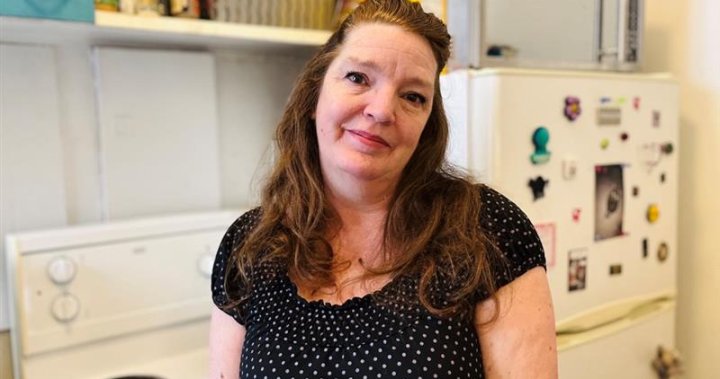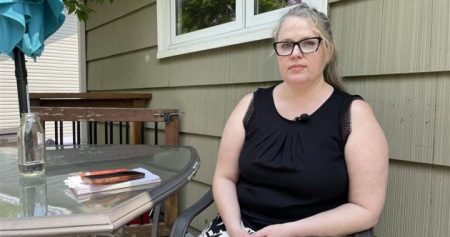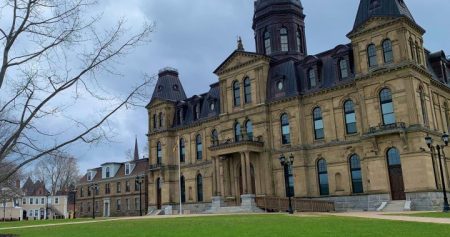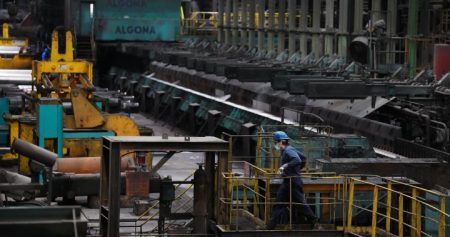Kristine Benjamin, a long-term resident of Halifax, Nova Scotia, faces the imminent prospect of displacement due to a city-initiated road widening project. Having lived at the corner of Willow and Robie streets for nearly 26 years, her home represents more than just a dwelling; it’s a repository of memories, marking significant milestones in her life. The stability and familiarity she’s cultivated over decades are now threatened by the municipality’s plan to expand Robie Street to accommodate bus lanes, a project necessitating the acquisition and demolition of properties along the affected stretch between Cogswell and Almon streets.
The initial announcement of the project in June 2022 generated concern among residents, but the then-stable housing market provided a degree of reassurance. Benjamin, while acknowledging some apprehension, felt the situation was manageable. However, a recent conversation with a neighbor dramatically shifted her perspective. Learning that the city planned to demolish her neighbor’s building within months instilled a sense of urgency and panic. The proximity of her own home to the slated demolition led her to the unsettling conclusion that her displacement was imminent.
Benjamin’s primary concern now centers on affordability and the lack of viable housing alternatives. The current housing market, significantly tighter than in 2022, presents a formidable obstacle. Finding comparable affordable housing in Halifax has become exceedingly difficult, leaving her with limited options and a looming sense of precarity. The prospect of losing her home without a secure alternative underscores the human cost of urban development projects, particularly when they intersect with a challenging housing market.
The situation highlights the complexities and unintended consequences that can arise from infrastructure projects aimed at improving public transit. While the expansion of bus lanes may offer long-term benefits in terms of transportation efficiency and environmental sustainability, the displacement of residents raises critical questions about equitable urban planning and the responsibility of municipalities to mitigate the negative impacts on affected communities. The balance between public good and individual well-being becomes a delicate tightrope walk, demanding careful consideration of the social and economic ramifications of such initiatives.
Benjamin’s predicament underscores the need for comprehensive relocation assistance programs that go beyond simple property acquisition. Providing adequate compensation that reflects not just the market value of the property but also the cost of finding comparable housing in a competitive market is crucial. Furthermore, support services to assist displaced residents in navigating the complexities of relocation, including access to legal advice and housing counseling, should be integral components of such programs. A proactive approach that prioritizes the well-being of affected residents can help mitigate the disruptive effects of urban development projects and ensure a just transition for those forced to relocate.
The case of Kristine Benjamin serves as a microcosm of the broader challenges facing cities grappling with urban growth and the need for improved public transit. Balancing the imperative for infrastructure development with the preservation of existing communities and the protection of vulnerable residents requires a holistic and empathetic approach. Ensuring that the benefits of progress are shared equitably and that the costs are not disproportionately borne by those least able to afford them is a fundamental principle of responsible urban planning. The story of Kristine Benjamin serves as a poignant reminder of the human dimension of urban development and the importance of prioritizing people alongside infrastructure.










